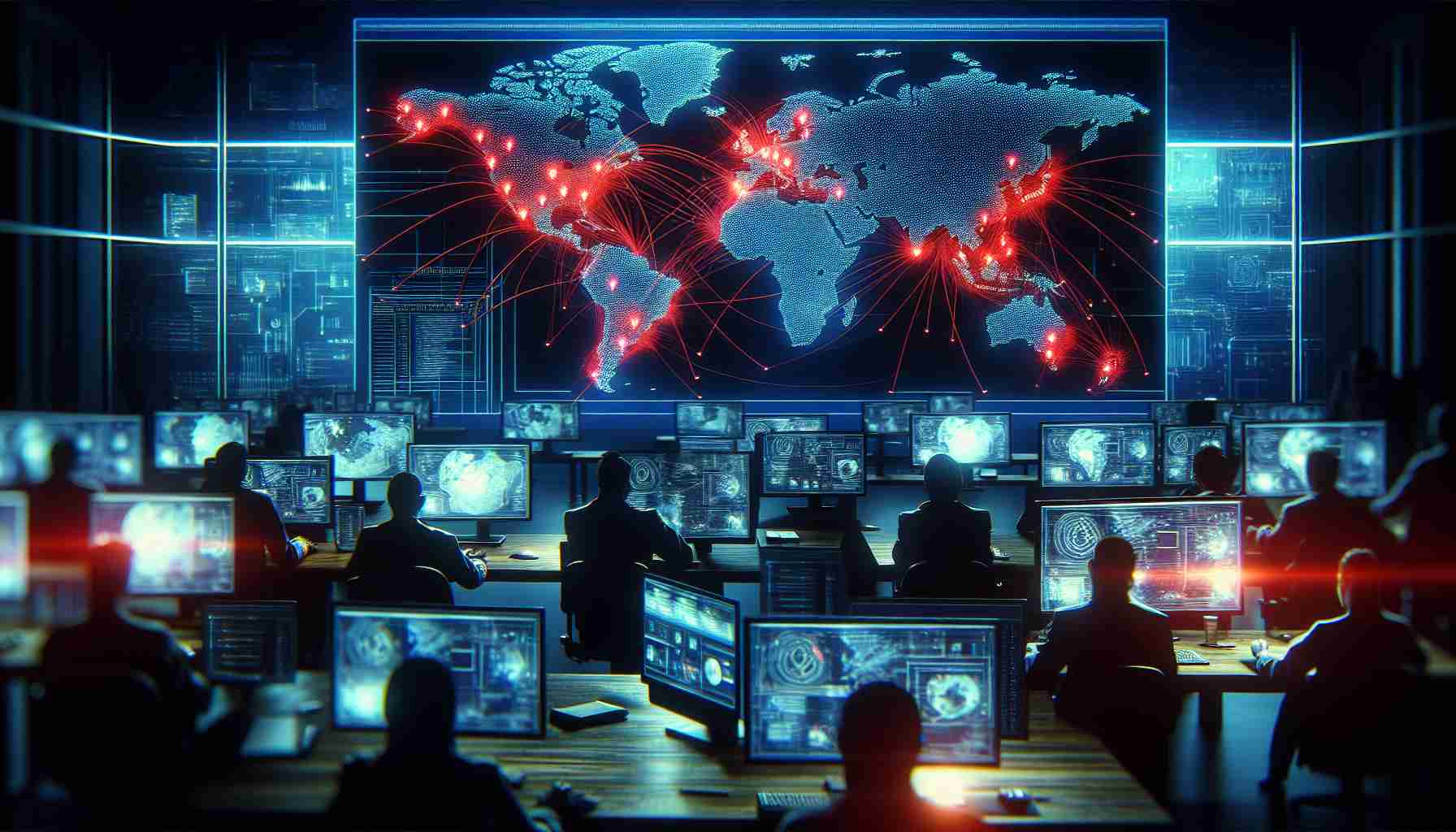A newly discovered flaw in a widely-used operating system has highlighted the ongoing battle against cyber threats. This vulnerability, dubbed as a significant risk by experts, exposes systems to potential attacks without any user interaction.
Known as the Windows TCP/IP Remote Code Execution Vulnerability, the flaw affects multiple versions of Windows and has been classified with a critical severity level. Its potential impact is alarming, as it enables attackers to take advantage of the system’s privileges and gain complete control.
While no attacks using this vulnerability have been reported so far, the urgency to address it remains high. Microsoft has swiftly released security updates to address the issue, emphasizing the importance of staying vigilant and allowing Windows Update to apply the necessary patches.
In response to this emerging threat, users are urged to take proactive measures to safeguard their systems. Disabling IPv6 on the network adapter is recommended as a temporary mitigation strategy, particularly for those unable to install the updates immediately.
As the digital landscape continues to evolve, the need for robust cybersecurity measures becomes increasingly vital. By staying informed and proactive in addressing vulnerabilities, users can better protect their systems against potential threats lurking in the digital realm.
The Rise of Cybersecurity Threats in the Digital Age: Exploring Key Questions and Challenges
In the realm of cybersecurity, the landscape is constantly evolving with new threats emerging on a regular basis. While the previous article touched on the urgency of addressing specific vulnerabilities like the Windows TCP/IP Remote Code Execution Vulnerability, there are additional key questions and challenges that deserve attention in the ongoing battle against cyber threats.
Key Questions:
1. What are the primary motivations driving cyber attackers in the digital age?
Answer: Cyber attackers may be motivated by financial gain, espionage, ideology, or even creating chaos for malicious intent.
2. How do cyber threats impact critical infrastructure in today’s interconnected world?
Answer: Cyber threats can disrupt essential services such as power grids, transportation systems, and healthcare facilities, leading to widespread consequences.
3. What role does artificial intelligence (AI) play in enhancing cybersecurity defenses?
Answer: AI technologies can be utilized to detect and respond to cyber threats more effectively, but they can also be exploited by cybercriminals to launch sophisticated attacks.
Key Challenges and Controversies:
1. Balancing privacy concerns with the need for enhanced cybersecurity measures.
While robust cybersecurity measures are crucial, the methods employed to strengthen defenses often raise concerns about privacy infringements and surveillance.
2. Addressing the global shortage of skilled cybersecurity professionals.
The rapidly growing complexity of cyber threats highlights the critical need for trained cybersecurity experts, but the shortage of skilled professionals poses a significant challenge in effectively combating cyber attacks.
3. The ethical implications of offensive cybersecurity strategies.
The use of offensive cybersecurity tactics, such as hack back capabilities, raises ethical dilemmas regarding the legality and consequences of retaliatory actions against cyber adversaries.
Advantages and Disadvantages:
– Advantages: Implementing strong cybersecurity measures can protect sensitive data, prevent financial losses, and maintain the trust of customers and stakeholders.
– Disadvantages: Overreliance on technology solutions may overlook human vulnerabilities, creating a false sense of security that can be exploited by cyber attackers.
For further insights on cybersecurity trends and best practices, you can explore resources from reputable sources like Cybersecurity and Infrastructure Security Agency and European Union Agency for Cybersecurity.
By staying informed, addressing key questions, and navigating challenges responsibly, individuals and organizations can fortify their defenses against the rising tide of cybersecurity threats in the digital age.
